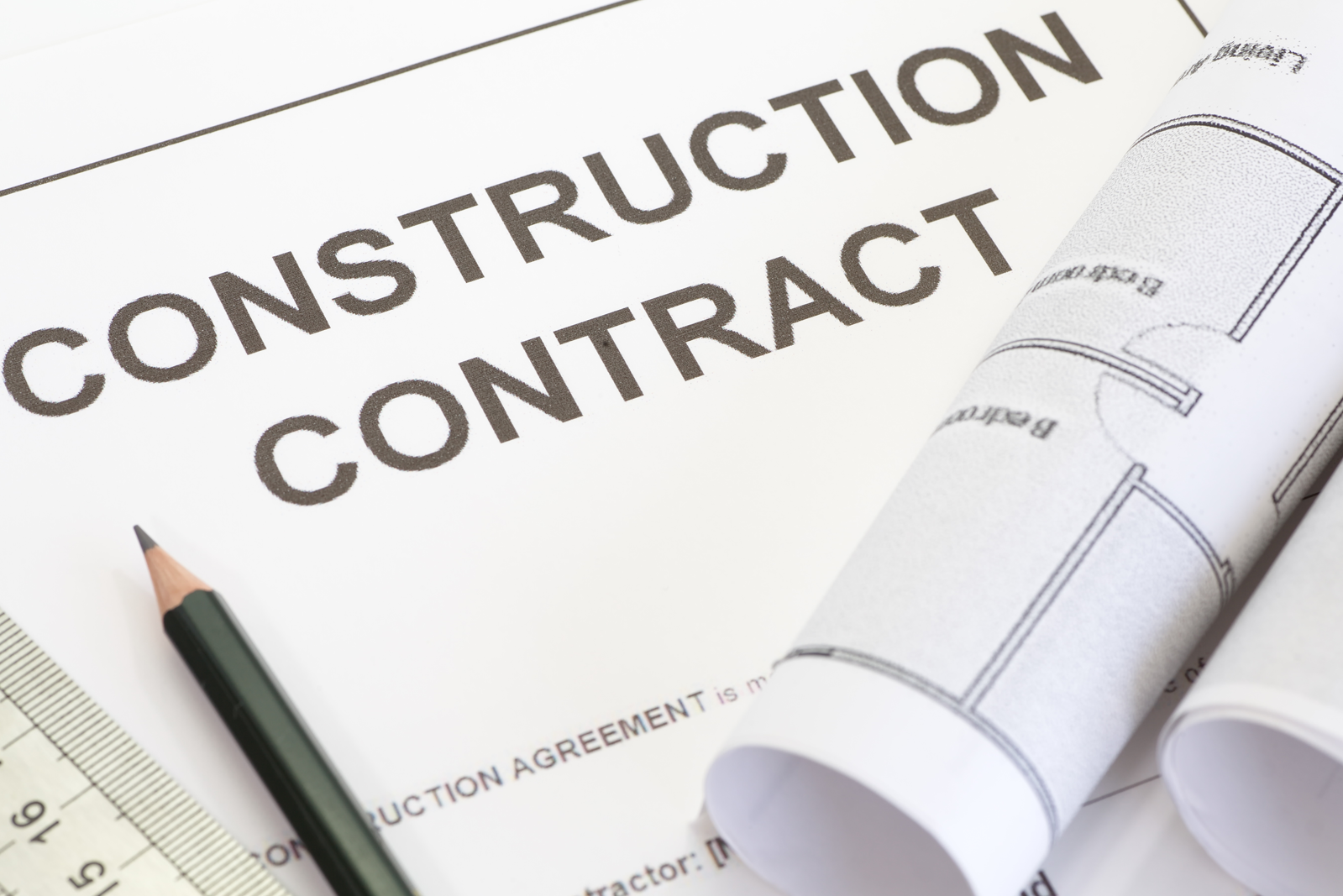
Construction Bonds – Procedures for Conditional Payment Bonds
What special procedures apply to conditional payment bonds?
Pursuant to Florida Statutes Section 713.245, within 90 days after a claim of lien is recorded for labor, services, or materials for which the contractor has been paid, the owner or the contractor may record a notice of bond, together with a copy of the conditional payment bond and a sworn statement certifying the contractor has been paid and the amount that was paid to the contractor. Any notice of bond recorded more than 90 days after the recording of the claim of lien has no force or effect as to that lien unless the owner, the contractor and the surety all sign the notice of bond. The clerk will serve a copy of the notice, the bond, and the certificate on the contractor, the surety, and the lienor; certify to the service on the face of the notice, the bond, and the certificate; record the notice, the bond, and the certificate; and collect a fee in accordance with Section 713.23 The contractor may join in a certificate of payment to the contractor at any time by recording a sworn statement saying he joins in the certificate of payment. The clerk will serve the joinder in the certificate of payment on the owner, the surety, and the lienor; certify to the service on the face of the joinder; record the joinder. If the contractor disputes the certificate of payment to the contractor, the contractor must record, not later than 15 days after the date the clerk certifies service of the certificate, a sworn Notice of Contest of Payment substantially in the form set forth in the statute.
The clerk will serve a copy of the notice of contest of payment on the owner, the lienor, and the surety; certify service on the face of the notice; record the notice; and collect a fee in accordance with Section 713.23(2). If the contractor has signed the certificate of payment to the contractor or the joinder in the certificate or the contractor fails to record a notice of contest of payment within 15 days after the date the clerk certifies service of a certificate of payment to the contractor signed by the owner, the lien transfers to the bond to the extent of payment specified in the certificate of payment to the contractor. To the extent the lien exceeds the amount specified in the certificate of payment to the contractor and that amount remains as a lien on the owner’s property.
If the notice of contest of payment specifies that the contractor has been paid a portion of the amount due the lienor, the lien transfers to the bond to the extent of the payment specified in the notice of contest of payment. To the extent the lien exceeds the amount specified in the notice of contest of payment, such amount remains as a lien on the owner’s property. The statute provides that the surety may assert all claims or defenses of the owner regarding the validity of the claim of lien or of the contractor regarding the amount due the lienor.
It is important to note that, if there are any material misstatements of fact made by the owner or the contractor in any certificate of payment to the contractor, or by the contractor in any notice of contest of payment, the person making the material misstatement is guilty of a felony of the third degree, punishable as provided in Sections 775.082, 775.083, or 775.084. The penalties apply individually and to the business entity if the false certificate is signed in a representative capacity.
The certificate of payment to the contractor and the notice of contest of payment must be signed by the owner or the contractor individually if she or he is a natural person, by the general partner if the owner or the contractor is a limited partnership, by a partner if the owner or the contractor is a general partnership, by the president or a vice president if the owner or the contractor is a corporation, or by any authorized agent if the owner or the contractor is any other type of business entity. In an action to enforce a lien, the owner will not be considered the prevailing party solely because the lien is transferred to a conditional payment bond after the action to enforce the lien is brought.
An action must be instituted against the contractor or the surety within 1 year from the date the lien is transferred to the conditional payment bond.
